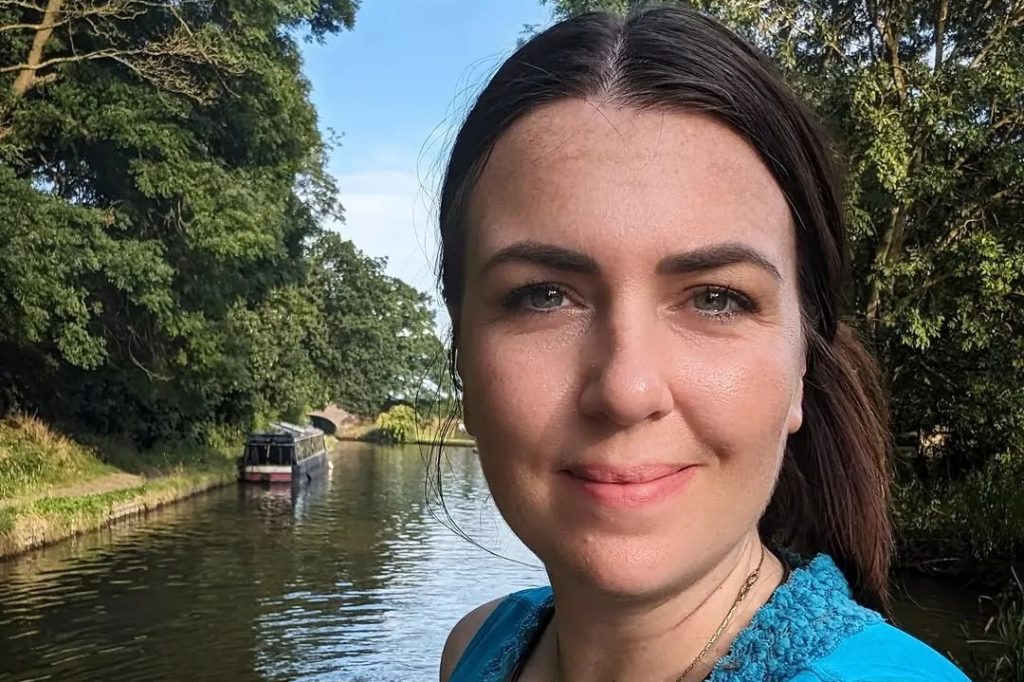Elizabeth Earle, a 36-year-old writer and illustrator, embarked on an unconventional housing journey, trading traditional brick and mortar for the fluidity of canal life. Driven by a desire for homeownership but hindered by the financial realities of the housing market, she purchased a dilapidated houseboat for a mere £3,800. This initial investment marked the beginning of a two-year renovation odyssey, fraught with challenges, including frigid winters and the rudimentary sanitation solution of a bucket toilet. Undeterred by these hardships, Earle persevered, fuelled by her dreams and a resourceful spirit. She readily embraced the inconveniences, viewing them as temporary hurdles on the path to realizing her vision.
The culmination of her arduous efforts resulted in a transformed vessel, which she subsequently sold for £20,000. This profit enabled her to upgrade to a larger, more comfortable 70-foot narrowboat for £35,000, a century-old vessel that would become her floating sanctuary. Christened her new home, this boat offered a significant improvement in living conditions, a welcome change from the spartan existence of her initial houseboat venture. Now residing amidst the tranquil beauty of the countryside, accompanied by her rescue dog Leela, Earle enjoys the unique freedom and mobility that canal life affords. The tranquility of her surroundings and the enhanced comforts of her new boat, including the luxury of a compost toilet, are a testament to her resilience and determination.
The allure of houseboat living extends beyond the picturesque scenery and the sense of liberation. For Earle, the financial advantages are also a significant draw. Her annual expenses total approximately £4,500, encompassing the costs of gas, coal, diesel, and her Canal and River Trust license. By adopting the “continuous cruiser” lifestyle, she cleverly circumvents mooring fees, a strategy that necessitates moving her boat every two weeks. This nomadic existence contributes to the overall affordability of her chosen lifestyle, a factor that often attracts individuals seeking alternative housing solutions.
However, the idyllic charm of canal life is not without its trials. The harsh realities of British winters present a formidable challenge, demanding physical endurance and resilience. Earle describes the constant battle against soot, mud, and the arduous task of carrying heavy loads of coal. To cope with these demanding circumstances, she employs a coping mechanism, envisioning herself as a character in a fantastical narrative, transforming mundane chores into epic adventures. This mental strategy helps her navigate the physical and psychological demands of her unconventional lifestyle.
Beyond the practical difficulties, Earle also faces the anxieties associated with being a solo female boater. The isolated nature of the towpaths can be intimidating, particularly at night. She adopts precautionary measures, such as wearing oversized coats to appear more masculine, in an effort to deter potential threats. Despite these safety concerns, she cherishes the serenity and independence of her life on the water.
The unique challenges and rewards of canal life have even influenced Earle’s approach to dating. Having adapted to a self-sufficient and demanding lifestyle, she has developed a heightened sense of discernment. Practical skills, such as the ability to build a fire, have become essential criteria in her assessment of potential partners. This selective approach reflects the values and priorities shaped by her experiences on the waterways. While the search for her ideal companion continues, Earle remains optimistic, confident that she will eventually find someone who shares her appreciation for the unconventional and adventurous spirit that defines her life.




